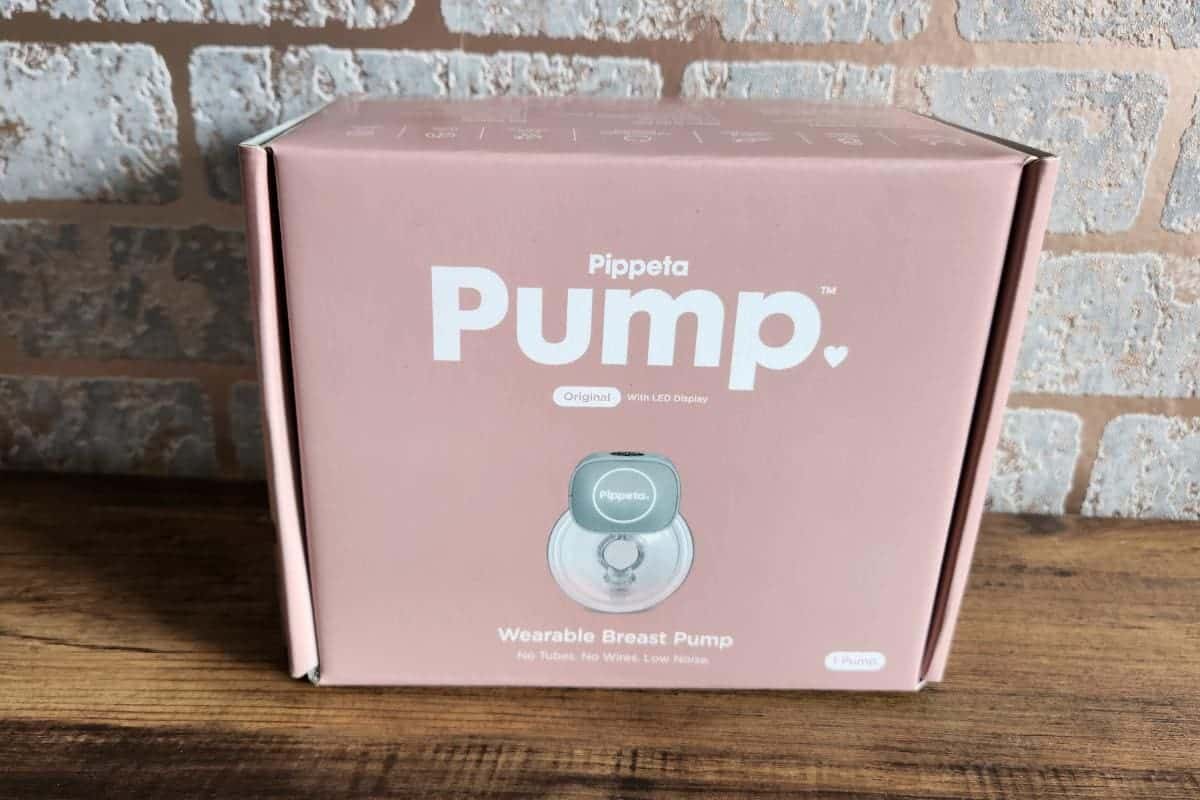How do you choose the best wearable breast pump?
Wearable breast pumps fit entirely inside your bra which means that you can pump hands-free whenever you like. Unfortunately, these pumps are fairly new to the market so new moms can have a tough time choosing a pump. When making a decision, you should check reviews, weigh the pros and cons of each wearable breast pump, and see which pumps experts and mums pick as the top wearable breast pumps in the market.

Here are five things to consider when buying a wearable breast pump to ensure you are breastfeeding in comfort.
Comfort
You will be using your wearable breast pump several times a day for months, so it’s important that you pick one that is comfortable. Flange sizing is important with all types of breast pumps but it is even more so with wearable pumps. With a traditional pump flange, suction can be maintained even if the flange is not the perfect fit because you can hold it in place.
However, since a wearable breast pump fits completely inside your bra, if the flanges are not well fitted, they can slip out of place, decreasing your output and making the pump uncomfortable to wear. Also, traditional plastic flanges are not as comfortable as modern silicone ones, which are softer and create less friction.
Suction
One of the common complaints about wearable breast pumps is that the suction power is weaker, which leads to lower output. This is why it is important to check a breast pump’s suction before buying it. Pumps that have a high suction strength also have a more powerful motor, so this can be used to gauge quality.
You don’t need to get a hospital-grade pump, which is typically in the range of 320 – 350 mmHg, as very strong suction can be uncomfortable. Instead, look for a wearable pump that is within the 220 – 320 mmHg range as these are gentler and great for regular use.

Sound
The motors of some wearable pumps are much quieter than others, so if discretion is an important factor, you should look at the decibel level of the pump during operation. The sound from some wearable pumps is barely audible as they are less than 30 decibels. Typically, you should look for a pump that is under 40 decibels and avoid those that are over 50 decibels. (To put this in perspective, the sound of our breathing is about 10 decibels.)
Insurance Coverage and Budget
Some insurance plans only cover manual pumps while others cover electric and wearable pumps as well. You will need to find out what types of breast pumps are covered under your plan. If they don’t fully cover it, some plans will partially cover advanced pumps so you only have to spend a fraction of the total amount on your pump. Even if you have to pay for your wearable breast pump out-of-pocket, you should be able to get a good one for £110 – £170.
Warranty
Most wearable pumps come with a 1-2 year warranty, but check out the warranty details before buying as some companies may offer to replace the pump altogether if there is an issue, while others only offer to repair the damage. Repaired pumps often cause trouble down the road, so it’s better to get a pump that can be replaced if it is within the warranty period. Some pumps only cover the motor, while others cover pump accessories, including the flanges, containers, and milk bags, within a 3-month period for manufacturer defects.
It can take a bit of practice to get used to a wearable pump, so don’t be alarmed if your milk output is lower for the first few days. Wearable breast pumps also come with mobile app integrations so that you can easily control the suction power of your pump and be comfortable while pumping.